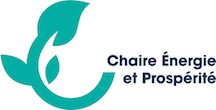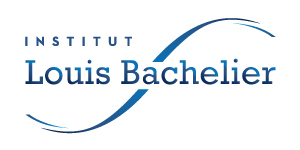Article published in Energy & environmental sciences
Extracting, processing, and delivering energy requires energy itself, which reduces the net energy available to society and yields considerable socioeconomic implications. Yet, most mitigation pathways and transition models overlook net energy feedbacks, specifically related to the decline in the quality of fossil fuel deposits, as well as energy requirements of the energy transition. Here, we summarize our position across 8 key points that converge to form a prevailing understanding regarding EROI (Energy Return on Investment), identify areas of investigation for the Net Energy Analysis community, discuss the consequences of net energy in the context of the energy transition, and underline the issues of disregarding it. Particularly, we argue that reductions in net energy can hinder the transition if demand-side measures are not implemented and adopted to limit energy consumption. We also point out the risks posed for the energy transition in the Global South, which, while being the least responsible for climate change, may be amongst the most impacted by both the climate crisis and net energy contraction. Last, we present practical avenues to consider net energy in mitigation pathways and Integrated Assessment Models (IAMs), emphasizing the necessity of fostering collaborative efforts among our different research communities.
Access the article online or download it below
No Upcoming Events found!


